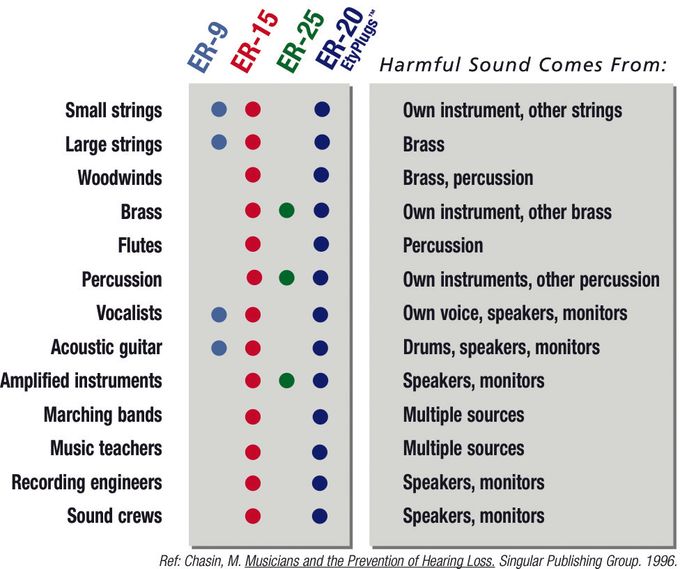Hearing Aid Services
Hearing Evaluations
First Step To Better Hearing Health
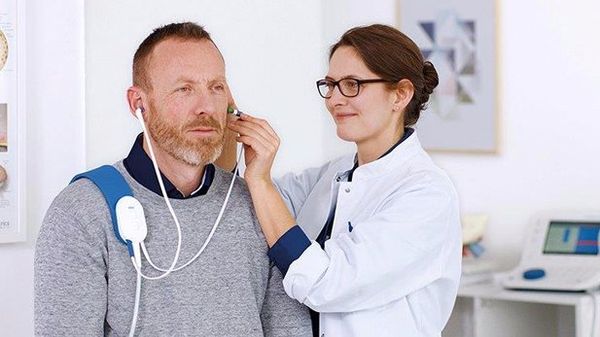
Photo credit Audiology Systems, Inc
The first step in hearing healthcare is a diagnostic hearing evaluation. A proper evaluation includes otoscopy, air conduction and bone conduction testing, speech testing in quiet and background noise, and immittance measures that evaluate your middle ear status.
These steps help determine the degree of hearing loss, the type of hearing loss (whether it is due to middle ear or inner ear problems), and your ability to understand speech at soft levels or in background noise.
Most of these evaluations will be covered by health insurance but we offer reasonable rates for testing for those whose insurance will not cover these services.
- Otoscopy - visual evaluation of the outer ear, ear canal, and tympanic membrane via an otoscope or videootoscope.
- Air conduction audiometry - Threshold search via headphones or insert earphones. This test determines the softest levels at which you can hear and tests your entire auditory system from outer ear to inner ear.
- Bone condition audiometry - Threshold search via a bone oscillator placed on the mastoid bone (behind the ear). This test eliminates any problems with the outer or middle ear and determines the softest levels at which you can hear from your inner ear (cochlea). The combination of air conduction and bone conduction audiometry determine the type or location of hearing loss.
- Speech testing in quiet - Word Recognition Scores (WRS) and Speech Reception Threshold (SRT) test your ability to understand soft speech and conversational level speech. The results of these tests help your audiologist counsel you regarding advanced features in hearing aids that may be helpful to you. They also aid in validating the results of your test and determining location of loss.
- Speech testing in noise - QuickSIN (Speech in Noise) testing determines your ability to understand speech with various levels of background noise. The results of this test helps to determine the recommended level of technology for your hearing aids.
- Immittance measures
- These include tympanometry, acoustic reflex thresholds, and acoustic reflex decay. Tympanometry determines the status of the eardrum and middle ear. A normal tympanogram indicates a healthy eardrum without perforation and a normal middle ear with no fluid and no problem with the bones in the middle ear. Acoustic reflex thresholds and acoustic reflex decay determine the health of the path between the middle ear and the auditory processing centers of the brain. Some of these tests can aid in determining if your hearing loss is caused by a medical condition.
Hearing Aid Consultations
Let's Discuss Your Hearing Needs
A hearing aid consultation is a discussion between you, your family members, and your audiologist regarding your hearing needs. This should include a discussion regarding the results of your hearing test, your lifestyle, your hearing needs and preferences, and your budget.
Hearing aids come in different shapes and sizes as well as different levels of technology - from basic to advanced. A consultation should include a review of your hearing test and a discussion of your options, the features that are necessary to meet your hearing goals, financing options, and a recommendation from the audiologist as to which technology is the best for you.
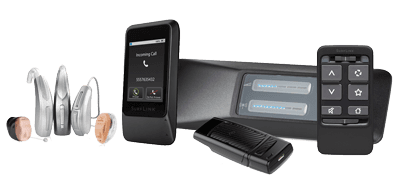
Hearing Aid Fittings
After selecting and ordering your hearing aids, the aids are fit to your ears by the audiologist. This appointment generally takes 45 minutes to 1 hour to complete and includes fitting, programming, real ear measurements, and orientation. At this appointment, you will practice putting the hearing aids in your ears and learn how to take care of them.
Different hearing aid manufacturers use proprietary algorithms to recommend settings for your hearing loss. These algorithms are good and in many cases provide accurate settings for your hearing loss. Real ear measurements allow us to take the information that the hearing aid manufacturer provides and incorporate the shape and size of your ear in to the settings. It includes placing a small microphone in to the ear canal with the hearing aid and measuring the levels of sound that the hearing aid is actually providing to you. Typically, including these measurements results in a more accurate fit that is closer to your prescription.
Hearing aid orientation includes practice inserting and removing the hearing aids from your ears, learning how to clean and care for the instruments, learning how to change the batteries in the hearing aids, and a discussion about acclimating to the use of hearing aids.
You will be asked to keep a brief journal of your experiences - both good and bad - so that, if needed, adjustments can be made to your hearing aids’ settings at your follow up visit.
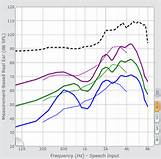
Hearing Aid Repairs
Many repairs are able to be completed in the office. For those that are not, we are able to provide repair services for most manufacturers of hearing aids. Many manufacturers will repair their own hearing aids for up to 5 years but there are labs that will repair hearing aids of any age as long as parts are available.

Ear Molds & Earplugs
Some models of hearing aids require custom fit ear molds. We recommend replacing these molds every 18 months to 2 years. Your ear canal shape and size can change over time and ear molds can shrink with age. This can result in a poor fit, feedback, or discomfort.
Speciality ear molds for use with bluetooth accessories, swimming, sleeping, and other types of headsets are also available.
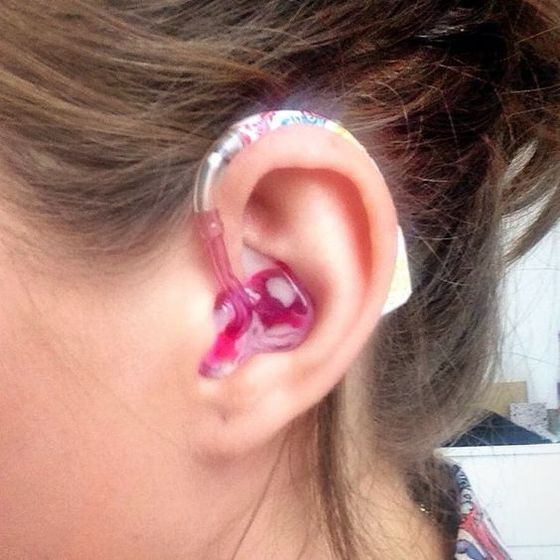
Musician's Earplugs & Monitors
Musicians have special hearing needs. Not only do they require ear protection to avoid noise induced hearing loss due to loud noise exposure, but they need to be able to hear crisply and clearly while monitoring their own musical and vocal output.
Musician’s earplugs and In-Ear monitors are specialty molds that have been designed with the musician in mind.
